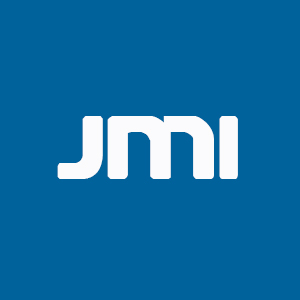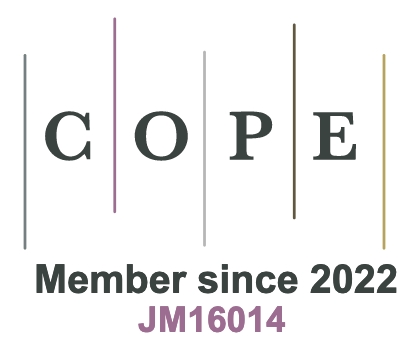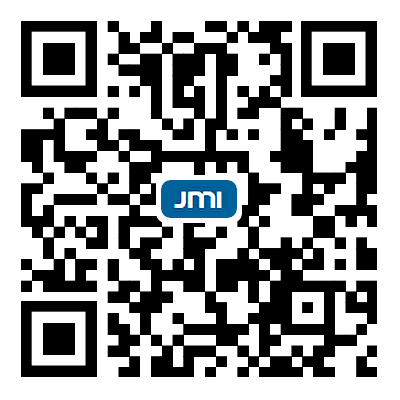Accelerating phase-field simulation of coupled microstructural evolution using autoencoder-based recurrent neural networks
Abstract
Accelerated phase-field frameworks leveraging time-dependent neural networks have recently been developed to accelerate microstructure-based phase-field simulations in both temporal and spatial domains. However, most of these frameworks have been designed for phase-field problems involving a single variable field, such as spinodal decomposition. In this study, we developed an accelerated framework for predicting microstructural prediction of Ostwald ripening, a classical phase-field problem involving multiple interdependent parameter fields. This framework integrates high-throughput phase-field simulations for microstructure database generation, autoencoder-based dimensionality reduction to transform 2D microstructure images into latent representations, and long short-term memory (LSTM) networks as the microstructure learning engine. Our results demonstrate that autoencoder techniques can effectively reduce the large dimension of microstructure images into 4 × 4 matrices, while maintaining high accuracy in reconstructing these reduced representations back to their original space. Using these latent representations, LSTM models are employed to capture the key microstructural features of Ostwald ripening and predict their evolution over future time sequences, with a speedup of approximately 3.35 × 105 compared to the high-fidelity phase-field simulations. The accelerated framework presented in this work is the first data-driven emulation specifically designed for coupled phase-field problems, and it can be easily extended to predict other evolutionary phenomena with more complex microstructural features.
Keywords
Accelerated phase-field framework, microstructural evolution, recurrent neural networks, dimensional-ity reduction, ostwald ripening
Cite This Article
Gesch A, Hu C. Accelerating phase-field simulation of coupled microstruc-tural evolution using autoencoderbased recurrent neural networks. J Mater Inf 2025;5:[Accept]. http://dx.doi.org/10.20517/jmi.2025.23













